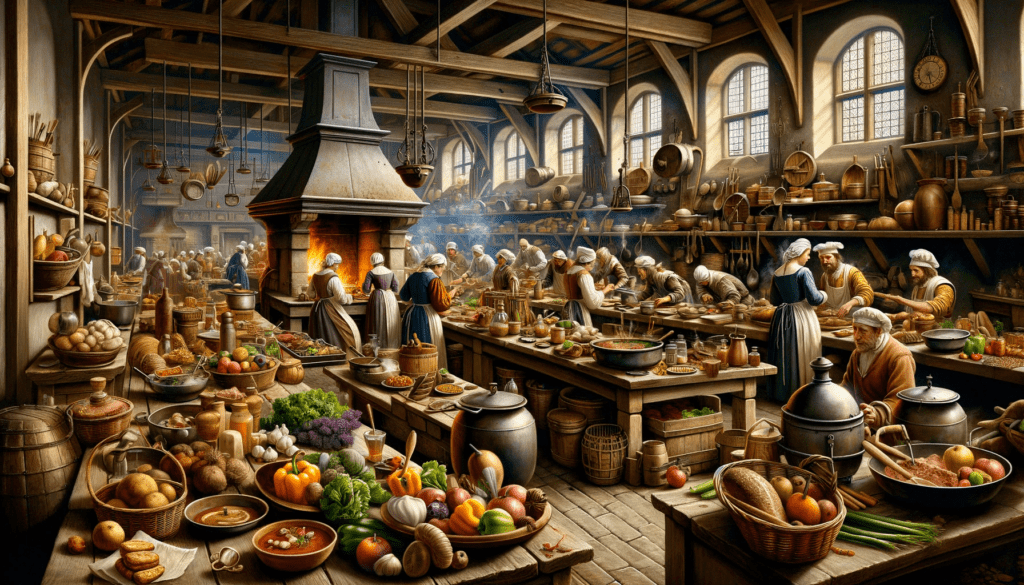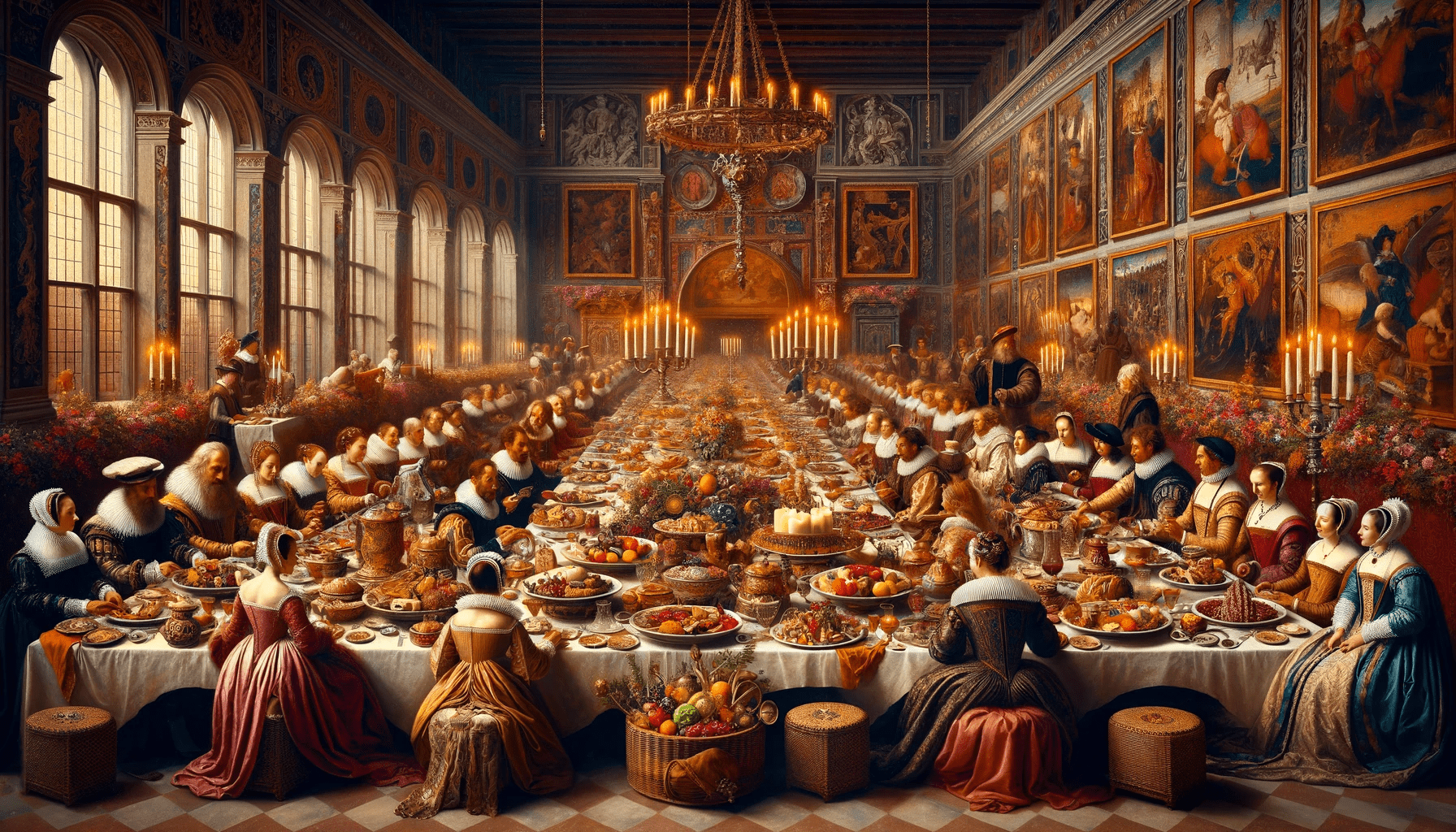The Renaissance, a period of cultural rebirth in Europe, brought changes not only in art and literature, but also in eating habits and kitchen practices. This blog explores the fascinating culinary world of the Renaissance and its impact on our contemporary cuisine.
The Influence of the Renaissance on European Cuisine.
The Renaissance was an era when European cuisine underwent significant changes, mainly due to the discovery of new worlds and with them new ingredients and flavors. Although spices such as pepper, nutmeg, cloves and cinnamon were already known, these discoveries made them more accessible and less expensive, leading to an evolution in flavors and recipes.
The Role of Spices
Spices played a crucial role in Renaissance cuisine. They were used to flavor dishes and served as status symbols. The more exotic the spices, the higher the social status of the host was considered.
The Discovery of New Ingredients
Although the expansion of trade routes allowed the introduction of new ingredients such as corn, potatoes, tomatoes and chocolate into Europe, it was not until after the Renaissance that they were widely accepted and integrated into European cuisine. For example, the tomato, originally from the New World, did not become popular in European dishes until the 18th century. These changes had a great impact, but took place after the Renaissance period.
Changes in Eating Habits
In the Renaissance, the focus shifted more toward balance and moderation in diet, a break from the excess of the Middle Ages. However, this shift was more of an ideal than everyday reality, especially in the upper classes.
From Excess to Moderation
Although greater emphasis was placed on a balanced diet with more fresh fruits and vegetables, lavish feasts and elaborate meals remained a hallmark of the upper classes. These were often intended to show wealth and power, with less emphasis on temperance and health.
The Role of Etiquette
Etiquette at the table became increasingly important during the Renaissance, reflecting the refined manners and growing importance of social hierarchies during this period.
The Influence of the Renaissance on Contemporary Kitchens
Renaissance culinary traditions have a lasting influence on our contemporary cuisines. Many of the dishes and ingredients that became popular during this period are now a standard part of our kitchens.
Continued Popularity of Spices
The love of spices that began in the Renaissance is still evident today. Our modern kitchens would be unrecognizable without the flavors this period brought us.
The Renaissance as Inspiration
The Renaissance remains an inspiration for contemporary chefs and foodies. Combining historical recipes with modern techniques and ingredients leads to exciting culinary creations.
Conclusion
The Renaissance was a time of great change, not only culturally and artistically, but also in cuisine. The influences of this era are still evident in our contemporary eating habits and cuisines, and continue to inspire us to new culinary heights.



Leave a Reply